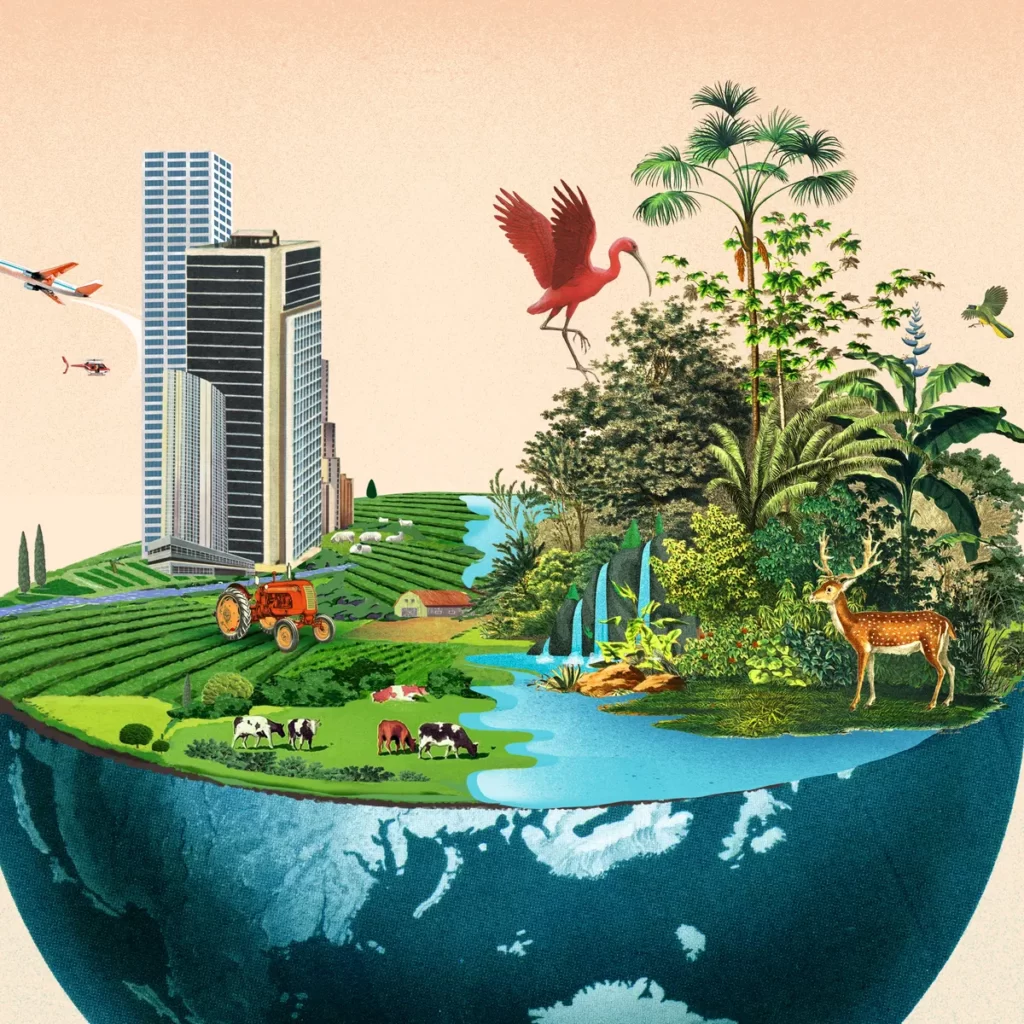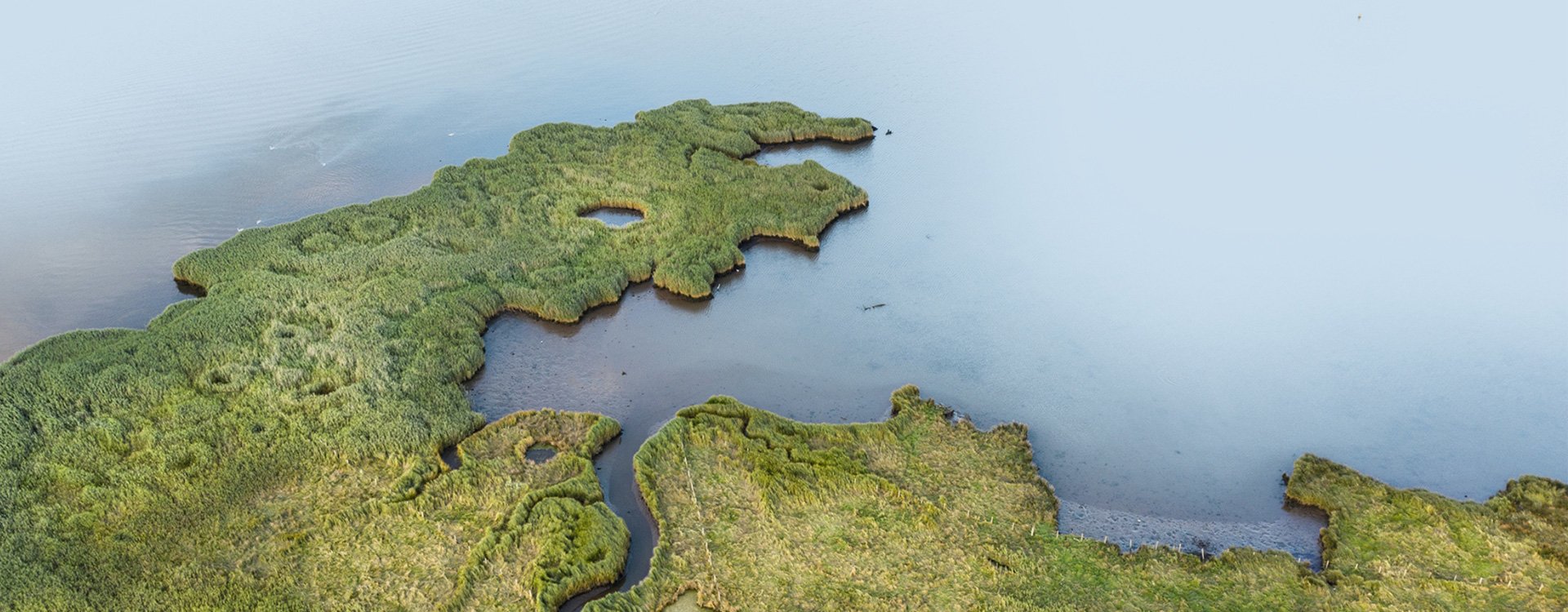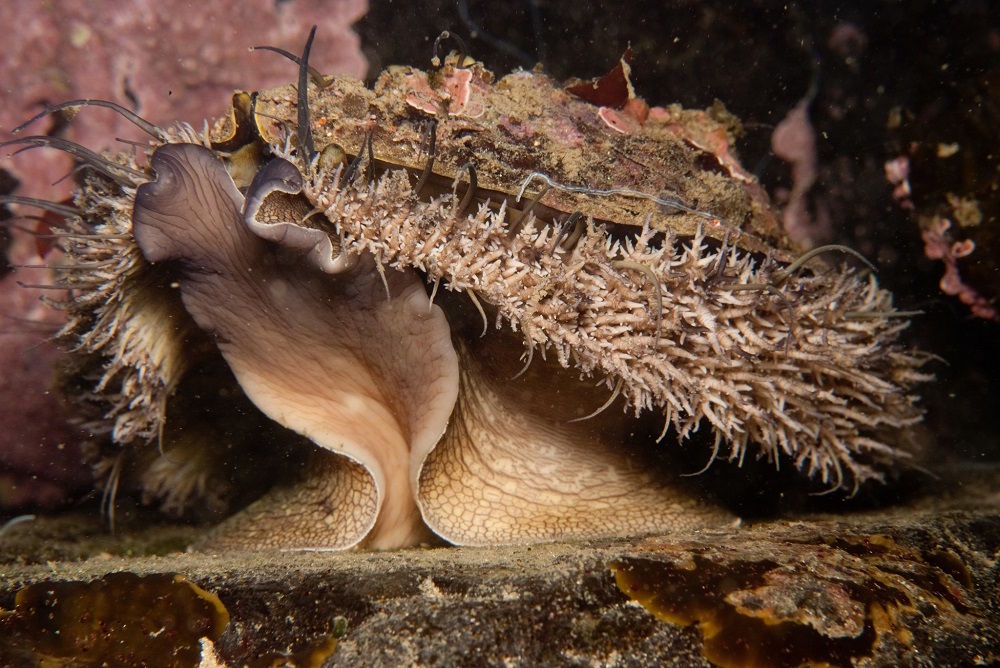Biodiversity
Introducing the Issue
The habitability of our planet is denuded by our ever expanding human footprint. Expanding human farming and expanding human habitation are the primary causes of the loss of biodiversity that makes the planet habitable. Wildlife populations plummeted by 70% between 1970 and 2016, according to the 2022 WWF Living Planet Report. This alarming decline underscores the severity of the biodiversity crisis, which has become a critical economic, development, security, social, moral and ethical issue. All businesses should be able to explain how they are decreasing their negative impacts and increasing their positive impacts on nature’s biodiversity. Learn more about responsible business and biodiversity.
What is your company’s impact on Biodiversity?
What is your company’s current exposure and response to biodiversity? Do you have policies or practices developed? Have you simply taken a position? Perhaps this isn’t an issue that you need to worry about right now? We’ve developed benchmarks that attempt to define Poor, Okay, Good and Excellent company performance standards on biodiversity.
You are invited to assess your business against these benchmarks, for free and without obligation.
Biodiversity
Follow this link to:
1 – choose your score
2 – add a few lines by way of explanation to describe your policies and practices
3 – enter your email address so that we can get back to you
4 – submit
Nothing you submit will be published or shared.
Exploring the Issue
1. The Importance of Nature for Life and Our Existence
Nature is not just a backdrop to our lives; it is intricately woven into the fabric of our existence. The countless ecosystems and species that make up the natural world provide essential services that sustain life on Earth, including our own. From the air we breathe to the food we eat, nature plays a vital role in meeting our basic needs and enhancing our well-being.
Ecosystems act as life-support systems, regulating our climate, purifying water, and providing fertile soils for agriculture. Forests, wetlands, and oceans are not only breathtakingly beautiful but serve as critical habitats for a rich diversity of plants, animals, and microorganisms. The intricate web of interactions within these ecosystems ensures their resilience and the continued survival of countless species, including our own.
Biodiversity, the variety of life on Earth, is a fundamental component of nature’s tapestry. It encompasses the incredible array of species, genes, and ecosystems that have evolved over millions of years. Each species, no matter how small or seemingly insignificant, plays a unique role in maintaining the delicate balance of ecosystems. The interdependence between species is often described as a web of life, where the loss of one thread can unravel the entire fabric.
Beyond the tangible benefits, nature holds profound intrinsic value. The awe-inspiring beauty of a sunset, the joy of observing a bird in flight, or the serenity found in a pristine wilderness nourish our spirits and provide solace in a fast-paced world. The intricate connections between humans and nature have shaped cultures, inspired art and literature, and instilled a sense of wonder and humility in the face of the natural world’s grandeur.
However, human activities have placed unprecedented pressure on nature, leading to the loss of biodiversity at an alarming rate. Habitat destruction, pollution, climate change, and overexploitation of resources threaten the very systems that sustain us. Recognising the importance of nature and our role in its conservation is not only a moral imperative but also a matter of self-interest, ensuring a sustainable future for generations to come.
In the following sections, we will delve deeper into the value and benefits of biodiversity conservation, explore the role of businesses in safeguarding nature, and present different standards of business performance to inspire positive action.
2. Biodiversity Loss and Human Impacts
Biodiversity loss is attributed to human activities in combination with other environmental factors. For example, habitat destruction, climate change, pollution, unsustainable harvesting of natural resources, and introducing invasive species can all be attributed to human behaviours and impacts. The prevalence and combinations of such factors have had a grave impact on biodiversity around the planet. Science suggests that we have failed to recognize the interconnectedness of ecosystems and the importance of preserving diverse habitats to maintain biodiversity, functioning ecosystems, and a healthy environment.
The combined efforts of companies, governments, civil society, and individuals are essential for achieving long-term biodiversity conservation and sustainability goals. Companies have a choice as to whether they contribute to conservation efforts, whether that is financially or through the pursuit of sustainable operations, or ignore and avoid any responsibility to address this crisis.
An ecosystem is built on relationships between different species and how they interact on a daily basis. Each species fills a role in their environment, which has an impact on all the other inhabitants. Once there is any sort of disruption or decline in the population of a species, the inability to fulfil their role has a ripple effect on the rest of the ecosystem. The domino effect in biodiversity recognizes how the downfall of a single community can cause huge shifts in the well-being of other species around them.
3. Assessing Biodiversity Loss and Conservation Efforts
While companies struggle to determine how to minimise their negative impacts on biodiversity and maximise their positive impacts, or disregard any such responsibility, ecosystems are collapsing at an alarming rate.
Loss of biodiversity is a unique dilemma in that it is very difficult to measure the rate of its advance. The complexity of ecosystems makes it unreasonable to narrow biodiversity into a static measurement composed of single units. Biodiversity can be measured by multiple factors such as species richness and evenness, indicator species, surveys, sampling, and remote sensing. Despite the intricacy of assessing and monitoring biodiversity loss, and the multitude of approaches, the results are unanimous that the situation is grave. The urgency of the situation requires a global commitment to biodiversity conservation to ensure the well-being of both present and future generations.
Additionally, the IUCN Red List provides a wide array of information about various endangered species on the globe that can be assessed by scientists, policymakers, conservationists, and other stakeholders. Numerous management strategies and decisions can then be made after identifying species that require conservation action. There are currently over 150,300 species on the Red List, and having access to their geographic spread makes targeted conservation far more accessible. Moreover, the use of this tool provides convenience in organising the target of efforts and makes participation more appealing to companies.
4. Recognising the Value and Benefits of Biodiversity Conservation
Several arguments have recently been made to assign monetary values to nature, biodiversity, and specific species to enable people and businesses to better understand their importance, and do so in a universal way. Critics of such approaches argue that intrinsic value differs from monetary value because it measures the worth of something independent of its utility to humans. Species and ecosystems can hold moral significance simply by existing and providing functional integrity to all parts of the environment. The complexity and beauty of nature should have moral significance in order for it to be protected.
There are many benefits for businesses that prioritise the reduction of biodiversity loss. Their reputation and image are enhanced, which can differentiate them from other companies and competitors. Today, consumers are more aware of companies’ honest contributions to the environment, so having this edge can attract more followers to both their company and biodiversity campaigns. Contributing to biodiversity efforts can also access businesses to new and unique opportunities that can assist in their long-term success.
Definitions
The concept of “biological diversity“, or biodiversity, encompasses all living things and their interactions within an ecosystem. It highlights the interconnectedness and interdependence among species, where the survival of one species relies on the behaviours and existence of others. Biodiversity can be visualised as a complex web of dependencies, wherein the extinction of one species impacts the behaviour and survival prospects of many others.
“TNFD“, short for the Taskforce on Nature-related Financial Disclosures, aims to develop a comprehensive framework for assessing risks associated with nature. It focuses on analysing the potential financial implications of nature-related risks, encouraging businesses to incorporate nature considerations into their decision-making processes.
“IBAT“, the Integrated Biodiversity Assessment Tool, is a search service that provides essential information on biodiversity. It equips decision-makers with valuable insights to address critical conservation issues and make informed choices regarding biodiversity management and protection.
“SBTN“, the Science Based Target for Nature, is an initiative that establishes measurable and ambitious goals for ecosystem restoration. By setting targets that align with Earth’s limits, SBTN strives for a future where businesses operate within sustainable boundaries, contributing to the preservation and regeneration of natural ecosystems.
“GBF“, the Global Biodiversity Framework, was adopted by the United Nations in 2022. It aims to safeguard 30% of the Earth’s surface and restore 30% of degraded ecosystems. The GBF sets a global standard for biodiversity conservation, encouraging collaborative efforts to protect and restore natural habitats worldwide.
“Indicator species” are species whose presence within an ecosystem provides vital information about the overall health and dynamics of a habitat. Their presence or absence can indicate the ecological condition of an area, making them useful for assessing the well-being of an ecosystem.
The “IUCN” (International Union for Conservation of Nature) Red List is a comprehensive inventory of various plant, animal, and fungal species. It provides crucial information on the conservation status of each species, including their vulnerability to extinction and the urgency of conservation efforts required to protect them.
“Intrinsic value” refers to the inherent worth and significance of the environment, independent of its instrumental use or value to humans. It acknowledges the moral and ethical value of nature, recognizing its importance beyond its practical utility for human well-being.
Links & Further Resources
ARTICLES

Measuring Biodiversity: The Quest for a Common Metric
Climate Impact Partners
This article highlights the difficulty in finding a common metric for biodiversity since it involves intricate ecosystems with potentially thousands of species working together to provide functional integrity. While there is no common metric yet, there are a mix of metrics that can help determine the level of biodiversity in an area.

Is ‘Green Capitalism’ Total BS?
Wired
This Wired piece is an interview with Adrienne Buller about her book “The Value of a Whale: On the Illusions of Green Capitalism”, which questions a wide array of subjects relating to seeking to place economic valuation of certain aspects of the environment such as animals. The importance of climate mitigation is also mentioned in relation to conserving ecosystem and biodiversity.

Valuing what matters – Factoring in nature and biodiversity
WSP
Two senior members of an Australia based sustainable engineering consultancy discuss the rationales, and some of the practical challenges, of valuing nature and biodiversity in the different types of projects they work on.
RESOURCES

The IUCN Red List
IUCN
The International Union for Conservation of Nature and Natural Resources is the organisation that maintains up to date information about endangered species on the planet. It states the stability of the population, particular threats, habitat, and conservation actions under each species.
